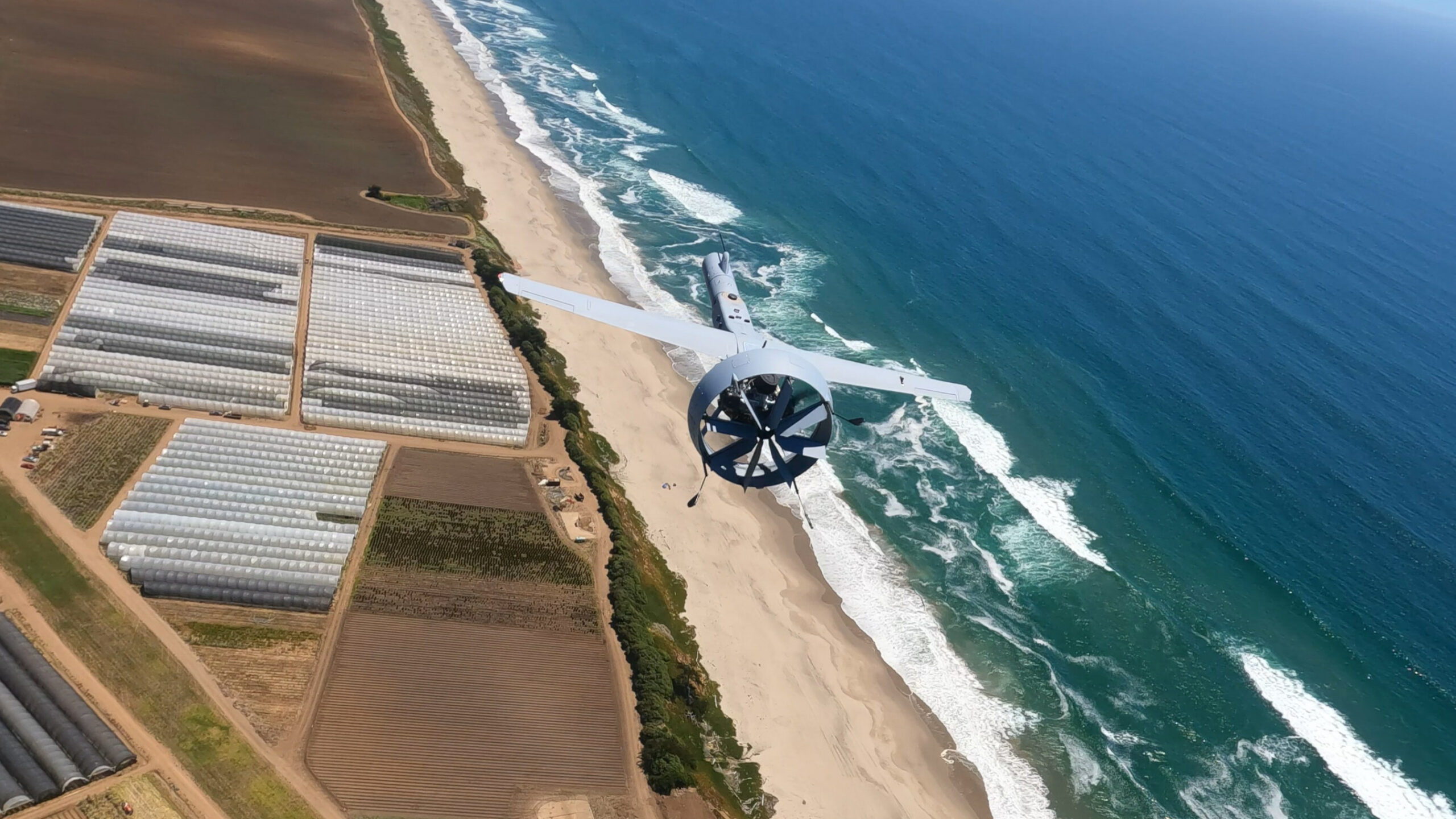
Shield AI has introduced a modernized version of its V-BAT unmanned aerial system to provide enhanced intelligence, surveillance, and reconnaissance (ISR) operability for US and allied customers.
Among the drone’s primary upgrades is a heavy fuel engine designed for JP-5, the most common kerosene-based jet fuel for maritime missions, to enable extended flight beyond 13 hours in the field.
It is also made with a fully autonomous vertical takeoff and landing (VTOL) capability to deploy without human intervention.
Similar to its standard model, the new V-BAT architecture still requires no runway, catapult, or net recovery solutions.
Additionally, it is still operated through the assistance of Shield AI’s proprietary autonomy software Hivemind and a beyond-line-of-sight satellite communications technology for long-range flights.
The upgraded V-BAT also supports integration of mission payloads such as wide-area motion imagery, electronic warfare devices, and synthetic aperture radar.

‘Full Spectrum’ Drone for Allies
Shield AI’s V-BAT drone is currently employed under maritime and expeditionary units of the US military.
In July 2024, the California-based company won a $198.1-million contract to supply the system to the US Coast Guard through 2029.
Overseas, the aircraft is being adopted by the Romanian Navy, the Japan Maritime Self-Defense Force, and the Indian Armed Forces.
“The most forward-thinking militaries are swapping out their larger, more expensive ISR aircraft—which are too vulnerable for how much they cost — and accomplishing the same missions with smaller, more affordable drones, like V-BAT,” Shield AI President Brandon Tseng commented about the recent launch.
“V-BAT is built for the full spectrum of drone missions—from deep-penetration ISR-T where GPS and comms are jammed to border security, search and rescue, and drug interdiction. If there’s a mission out there, V-BAT can do it—faster, cheaper, and where others can’t.”










